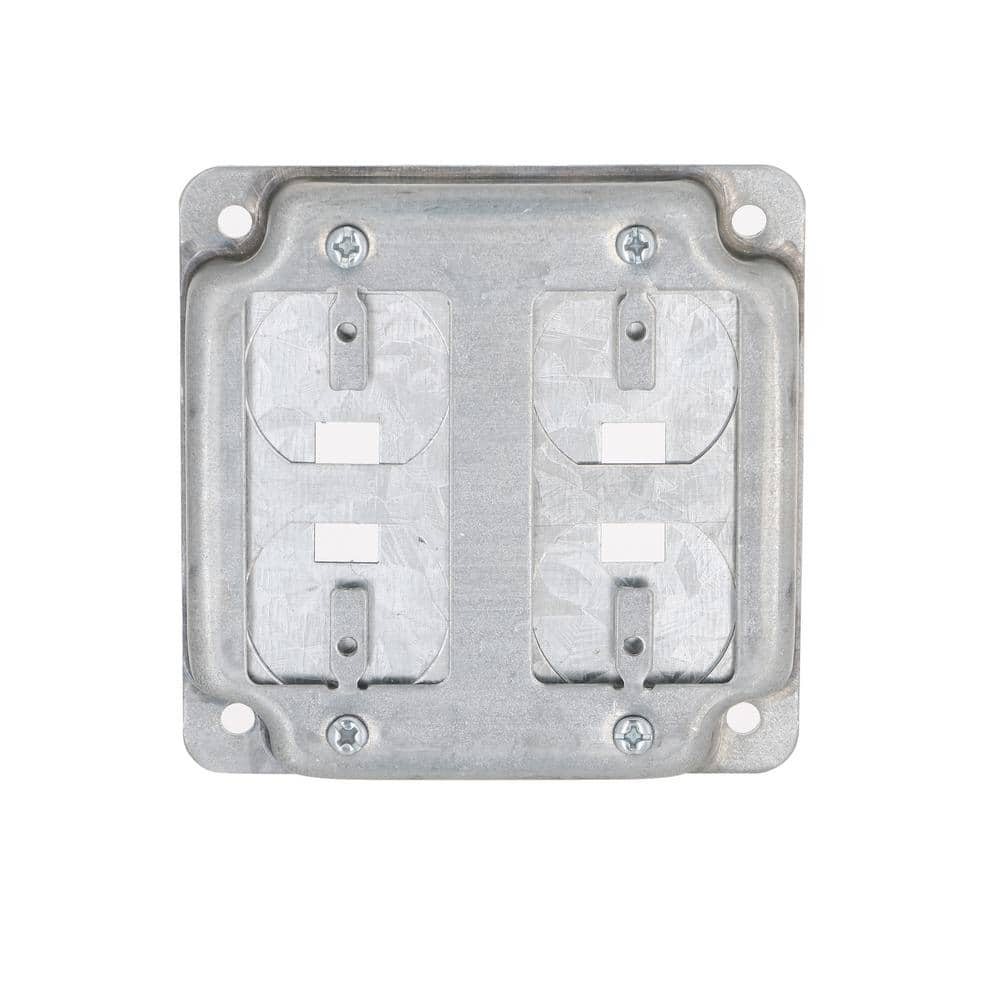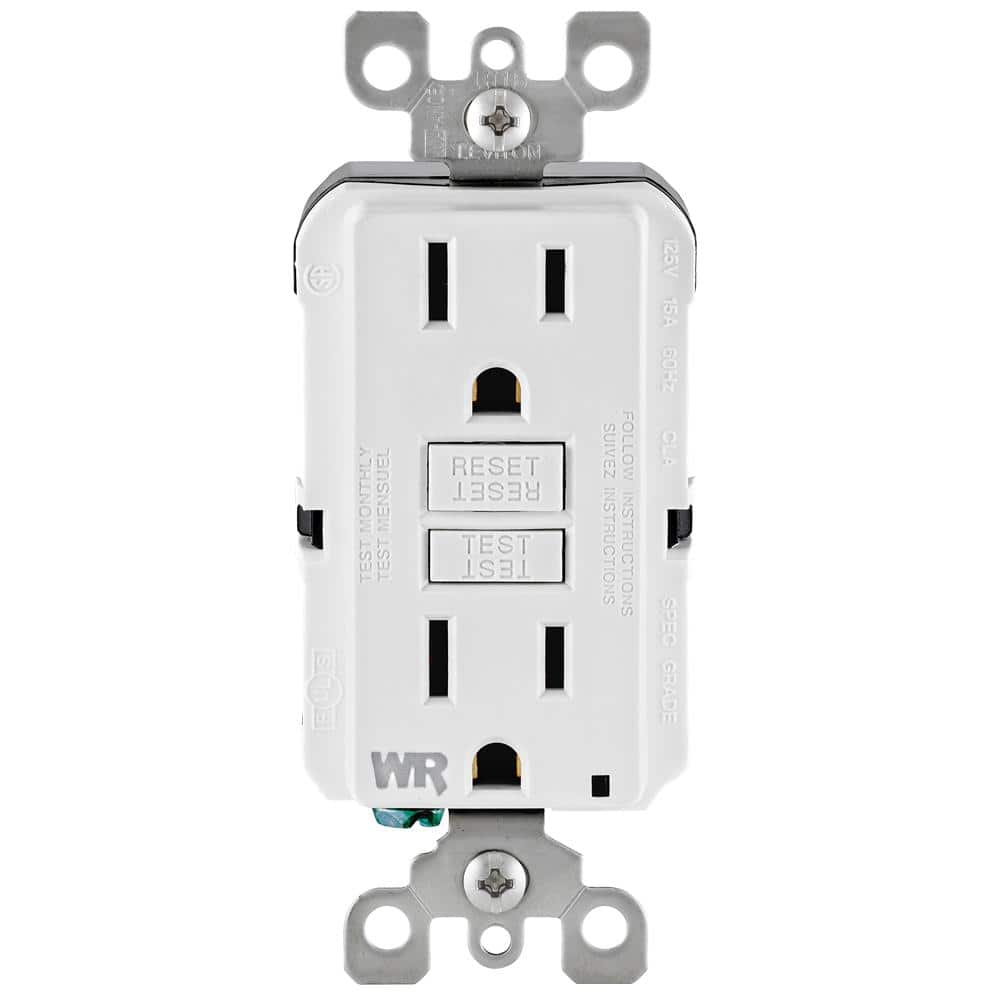NickRoseSN1985
Supporting Member
I’m wanting to put my garage tank on it’s own circuit. I’ll install the outlets and the wire but I’ll have a electrician connect it to the breaker. Should the boxes and outlets be weather resistant or is it ok to use the regular stuff. I was thinking of using these for the box and cover


Depending on if I go the weather resistant or not one of these will be the outlets. Also the breaker box has 20amp circuit breakers is it ok to use 15amp outlets since there are multiple of them?


The Blue tape is where the outlets will be. I was thinking since the outlets will be above any water it would be ok for it not to be weather resistant.



RACO 4 in. W x 2-1/8 in. D Gray 2-Gang Welded Square Box with Ten 1/2 in. KO's and Six 3/4 in. KO's, Raised Ground, 1-Pack 8232 - The Home Depot
Manufactured from durable pre-galvanized steel. Designed to house and protect electrical wiring, switches, receptacles and support light fixtures. Steel boxes are UL listed and acceptable for use in 2-hour
www.homedepot.com

RACO 4 in. W Steel Metallic 2-Gang Two-Device Universal Exposed Work Square Cover with 6-in-1 Plates, 1-Pack 809U - The Home Depot
RACO Surface Covers used to support switches or receptacles in areas where the box is surface mounted or positioned in exposed work applications. Exposed work covers are 1/2
www.homedepot.com
Depending on if I go the weather resistant or not one of these will be the outlets. Also the breaker box has 20amp circuit breakers is it ok to use 15amp outlets since there are multiple of them?

Leviton 15 Amp 125-Volt Duplex Self-Test Slim GFCI Outlet, White (4-Pack) GFNT1-4W M42-GFNT1-04W - The Home Depot
The Leviton Duplex SelfTest Slim GFCI Outlet White features a single circuit, removable turn knob design and a medium base, metal shell lamp holder. It is perfect for your lighting needs. It is an ul listed product.
www.homedepot.com

Leviton 15 Amp 125-Volt Duplex Self-Test Tamper Resistant/Weather Resistant GFCI Outlet, White GFWT1-KW R92-GFWT1-0KW - The Home Depot
Complete your ceiling fan installation easily with the selection of this Leviton Duplex SelfTest Tamper Resistant Weather Resistant GFCI Outlet White.
www.homedepot.com
The Blue tape is where the outlets will be. I was thinking since the outlets will be above any water it would be ok for it not to be weather resistant.

